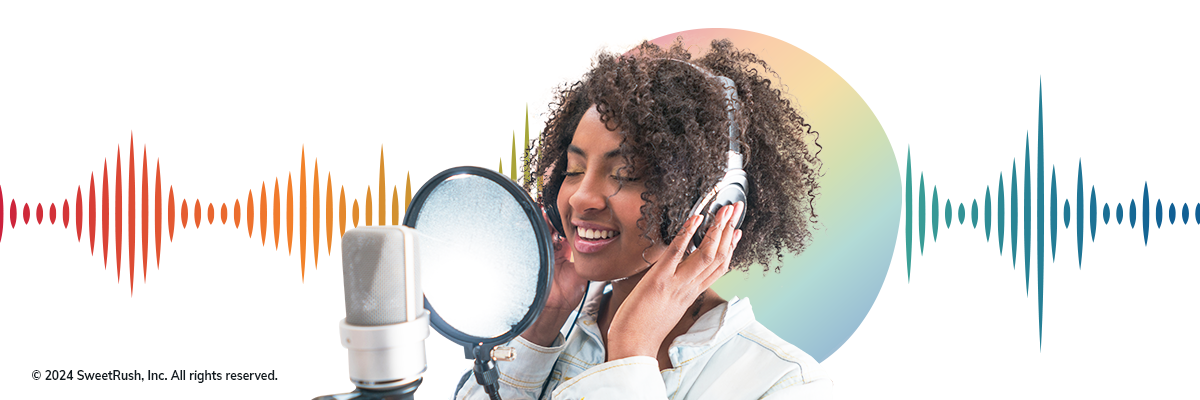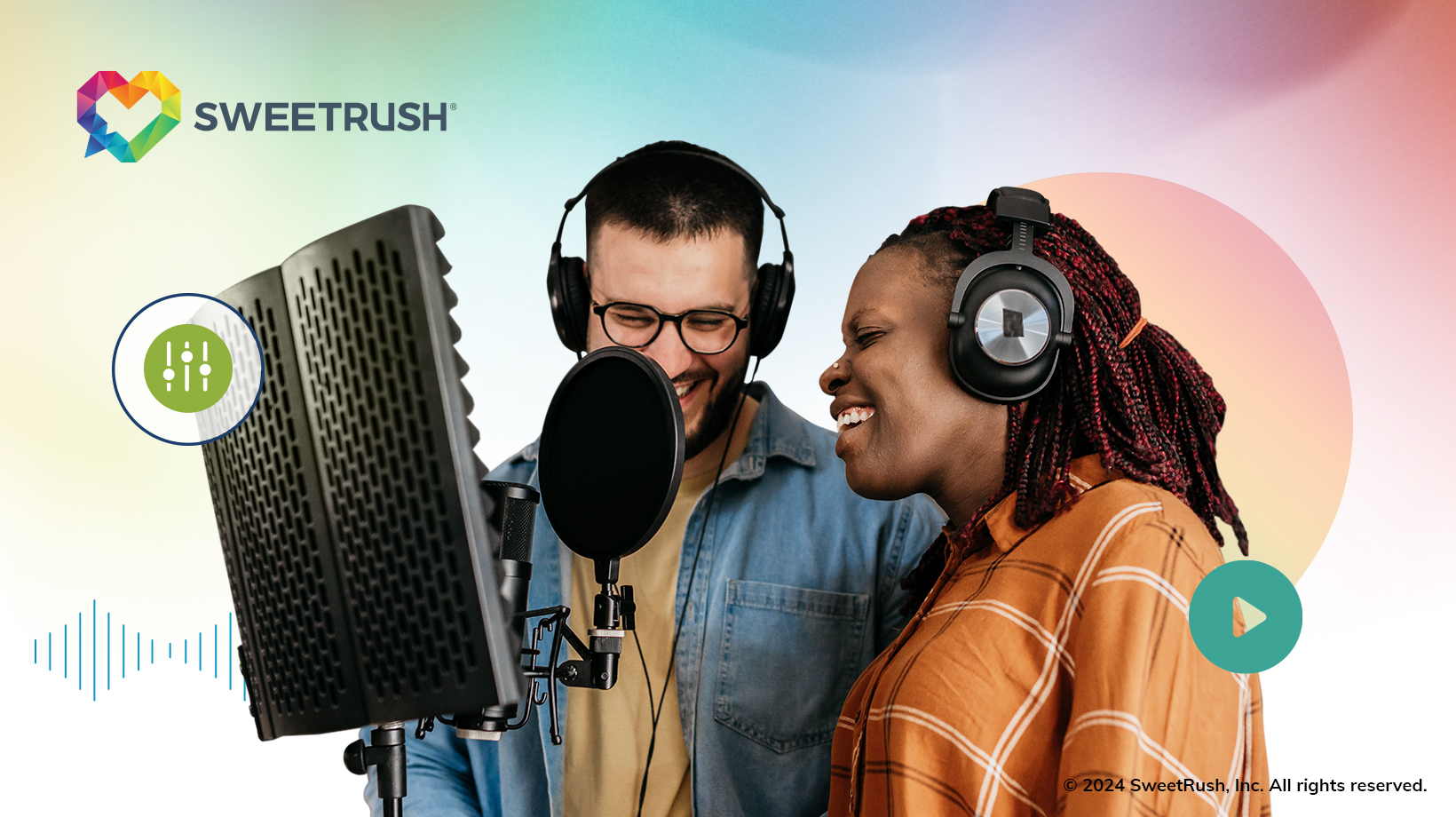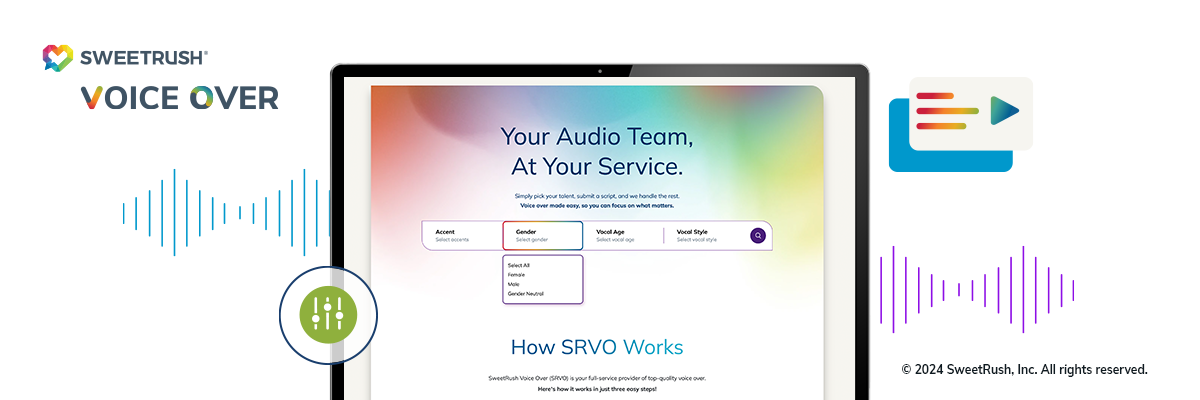As L&D professionals we’re constantly looking for ways to improve the learner experience so that we can enhance knowledge retention and positively impact performance and business outcomes. We’re also looking for ways to improve the development and delivery of these experiences so that we can keep up with the demands of our learners and stakeholders.
As our L&D and Learner Experience 2024 Trends Report reveals, this pressure to deliver is real. When asked to share their top content creation challenges, learning leaders and professionals cited budget constraints, capacity, and tight timelines among their top five.
In a bid to keep up with this demand, L&D teams are increasingly turning to technologies such as AI. And while these technologies have their place, whether it’s using AI to enhance the learner experience itself or using AI to enhance efficiency and productivity when designing and developing learning solutions, there’s one area where the human experience still far outshines that of our AI counterpart’s: voiceover.
In this article, we reveal the benefits of using professional human voiceover and examine why authentic human voices have the advantage over AI within the context of learning and development.

The Temptation of AI: A Quick Fix with Hidden Costs
Tight budgets, shrinking timelines, and the need to rapidly produce and deliver content across various platforms can make AI voiceovers seem like a silver bullet to cash-strapped and time-poor L&D teams. But before you hit the “generate” button, it’s important to consider the hidden costs and limitations that accompany this “quick fix.”
First, there’s the matter of quality—or lack thereof. While it’s true that AI can produce voiceovers rapidly and at a fraction of the cost of human talent, the quality often falls short. AI generated voiceover often results in robotic, monotonous delivery that fails to engage learners and may even hinder comprehension.
Second, AI voices lack the nuance and emotional depth that human voices naturally possess. Without a literal lived experience, AI struggles to convey humor, empathy, or excitement, all of which, as you’ll see below, are essential elements for building connection with your audience.
Let’s take a closer look at why and how human voices can benefit the learner experience.

Why Do Human Voices Matter in Learning and Development?
Our brains are wired for connection. We’re drawn to stories, emotions, and the unique qualities of human expression. These factors play a crucial role in how we process and retain information—in other words, how we learn. Here are some examples along with the benefits and advantages that human voices have over AI versions:
- Emotional Resonance: According to psychologists, we remember information better when it’s associated with emotions. Human voices, with their natural inflections and warmth, evoke emotions in ways that AI simply cannot replicate yet, making learning more memorable.
- The Power of Storytelling: Stories are a powerful tool for conveying information and inspiring action. Skilled voice actors can weave narratives and deliver lines with the levels of subtlety, nuance, and references that captivate learners and make complex concepts easier to understand.
- Building Trust and Credibility: Authenticity is crucial for building trust. Learners are more likely to engage with and believe content delivered by a genuine, relatable human voice. As Scott Shankland, SweetRush’s Audio Production Director, explains, “There’s a desire to listen to people and have people teach you, who sound like you, so you can relate and empathize.”
- Diversity and Inclusion: Representing diverse voices is essential for creating inclusive learning environments. It’s not just about accents; it’s about authentic representation that fosters deeper engagement. AI voices may offer multiple languages, but voices for less common languages are poorly developed and less fluent. Similarly, instructions tailored to non-native English speakers are limited. On the other hand, humans can provide a true rainbow of voices—different ages, accents, genders, and cultural backgrounds. This diversity helps learners hear themselves represented in the content.
- Real-Time Adaptability: Unlike AI, human voice actors can adapt their delivery in real time, responding to the nuances of the content and the needs of the audience. This flexibility creates a more engaging and personalized learning experience.As learning professionals, we have a responsibility to take these factors into account when developing learning experiences and ensure that we are setting our learners up for success. This means recognizing when and where it makes sense to use professional human voiceover instead of AI. In the next section, we explore some use cases to help you decide.

Use Cases for Human vs. AI Voices
Now that we’ve examined the benefits of using human voices, let’s take a look at when it makes sense to use human voiceover instead of AI. Here are some use cases to help you decide.
AI Use Cases: When Does it Make Sense to Use AI Voiceover?
- Prototyping: AI is a great choice when you want to quickly generate voiceovers for early-stage prototypes or demos.
- Accessibility: AI is a great option when you want to quickly produce text-to-speech options for visually impaired learners or those who prefer auditory learning.
- High-Volume, Low-Stakes Content: Finally, if you have a large volume of content that requires frequent updates or is relatively straightforward (e.g., product descriptions, basic instructions), AI voices can be a practical solution.
Human Use Cases: When Should I Use Human Voiceover?
- Complex or Sensitive Topics: If your learning content deals with complex concepts, sensitive subjects, or emotionally charged material, the nuance and empathy of a human voice are essential for effective communication.
- Storytelling and Narrative-Driven Learning: To leverage the power of storytelling, a skilled voice actor can bring narratives to life, creating an immersive learning experience.
- Brand Building: A consistent, professional voice actor can help establish a unique brand voice and personality for your L&D content.
- High-Impact Training: For critical training programs where learner engagement and knowledge retention are paramount, human voices deliver the best results.
While it’s clear that AI voices may have a place in certain applications, human voices remain the superior choice for learning experiences since they are proven to enhance engagement and knowledge retention and, therefore, contribute to the overall effectiveness of the learning outcomes.
SweetRush Voice Over (SRVO): Your Partner for Exceptional Learning Experiences
At SweetRush, we understand the power of the human voice in L&D. That’s why we created SweetRush Voice Over (SRVO), a platform that connects you with a curated selection of professional voice actors specializing in educational content.
With SRVO, you can:
- Access a Diverse Range of Talent: Find the perfect voice to match your brand, content, and audience.
- Streamline Your Workflow: Easily manage projects and deliverables through our intuitive platform.
- Enjoy High-Quality Audio: Receive professionally recorded and edited audio files, ready to integrate into your L&D materials.
- Experience Exceptional Customer Service: Our dedicated team is here to support you every step of the way.
Ready to Elevate Your L&D Content?
Choosing human voices for your L&D content isn’t just about quality—it’s about creating learning experiences that connect, engage, and inspire. It shows your learners that they’re worth more than a computer-generated voice.





